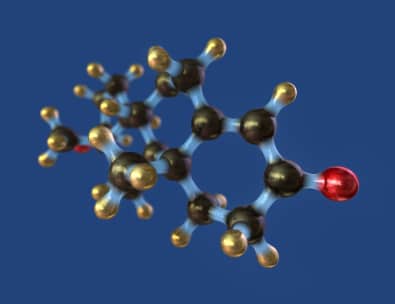What Are Normal Testosterone Levels?

What constitutes normal testosterone levels depends on who you are asking and what your definition of normal is. A male’s testosterone level can register as “normal” when it falls in the 300 to 1,000 range. That certainly is a big spread here, 300 can’t be the same as 1,00, can it? Today we will explain and give you a better understanding of what is normal and what is optimal. Optimal is where you want to be.
Changes in Male Hormone
At the age of thirty our testosterone begins to decline. Associated with this decline is an increase in sex hormone binding globulin (SHBG). These two things SHBG and the natural decline lead to drop in total testosterone and in free testosterone. This decline continues throughout our life and leads to multiple problems .
The decline in testosterone after 30 averages about 1.5% a year. By the age of 40 there is noticeable changes in energy, muscle mass, libido, concentration, memory, and increase in multiple diseases. We refer to this as male andropause.
Optimal vs Normal Testosterone Levels
The 50-year-old male patient visits his doctor with slowing down symptoms, elevated cholesterol decreased libido, and loss of his want to. He is sure his testosterone is low but the doctor tells him no it’s 400 – so he has normal testosterone levels.
Normal for what? We are living longer, but are we living better? Can I improve my quality of life and get some of that drive back? As we age our muscle mass declines at an alarming rate and 50 it can be as high as 5% a year. Our bone loses their mineral density becoming brittle. Our incidence of diabetes, heart disease, and stroke all increase. That may be normal but does that mean we shouldn’t correct it? Thereby improving our quality of life as well as quantity.
Optimal levels of testosterone are defined as a free testosterone of 120-200. This is the level we had when we were thirty. Our cholesterol weight, blood sugar and heart function were optimal as well. This level may not seem normal to some but with the normal incidence of disease , obesity and lack of libido who wants to be normal.
Prostate Cancer and Normal Testosterone Levels
The number one reason your doctor will fight you on supplementing your testosterone is prostate cancer. If you have read “3/11 in the News” you will find a reference to a recent article stating there is no increase in the incidence of prostate cancer from supplementation of testosterone. The article refers to a saturation level that is extremely low and any increase in testosterone above the saturation level does not affect the prostate.
Benefits of Optimal Testosterone
Increasing testosterone to optimal does more than increase muscle and libido those aren’t enough. There are multiple articles expounding on the benefits of optimal testosterone. We can see improvements in the following. Decrease in cholesterol, improvement of insulin sensitivity, Increase mental acuity, increase bone mineral density, increase lean muscle mass, increase memory, increase energy, feeling of well-being, better sleep, increase libido, decrease incidence of prostate cancer, increase coronary blood flow, improvement of vascular plaque, improved endothelium.
You can now see that many of the things that affect males as they age decreasing their quality of life can be improved by optimizing their testosterone.
Quality of Life and Optimization of Testosterone
By increasing our testosterone levels we can improve our lives. Normal testosterone levels are those that are optimal. We can increase our levels of independence and decrease our reliance on many medications that are commonly used in our aging male population. Combine this with a healthy diet and exercise and BINGO we have quantity and quality. Don’t forget the libido!
See related articles.
